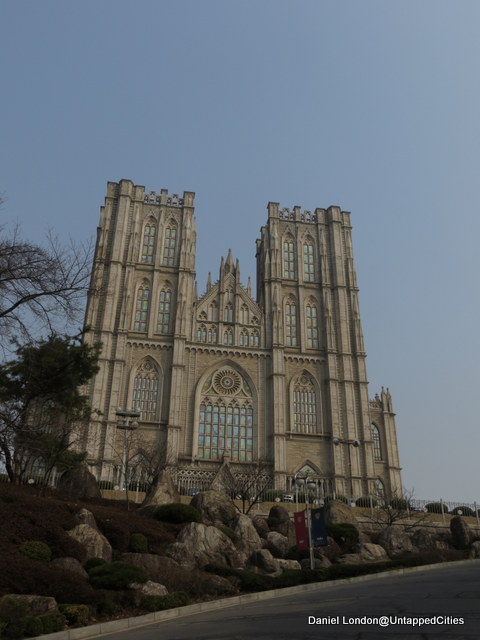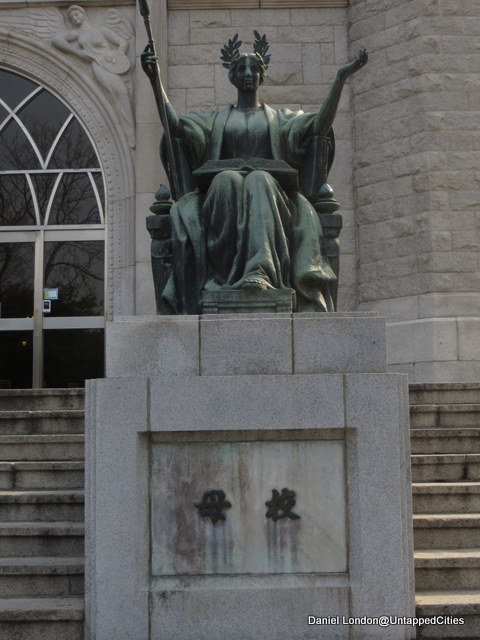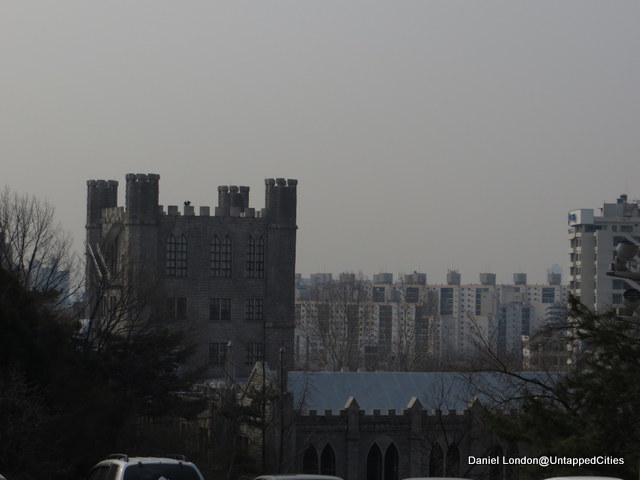
You wouldn’t think you’d be able to find a replica of St. John the Divine’s nestled in the foothills of Seoul – or City College, or Columbia University for that matter. And yet you can, all arranged around each other at Kyung Hee University. This extraordinary college was the brainchild of an equally extraordinary man, Young Seek Choue, who founded the institution in 1951.
Here, in a country divided by war and a world divided by ideology, Choue sought to establish a place of learning that would be devoted to the study of peace on an individual, societal, and global level. Today Kyung Hee is one of the most prestigious universities in South Korea, and attracts scholars from around the world to its international studies programs. And yet…what’s up with these buildings?!
The central library seems a dead ringer of City College’s Shepard Hall…

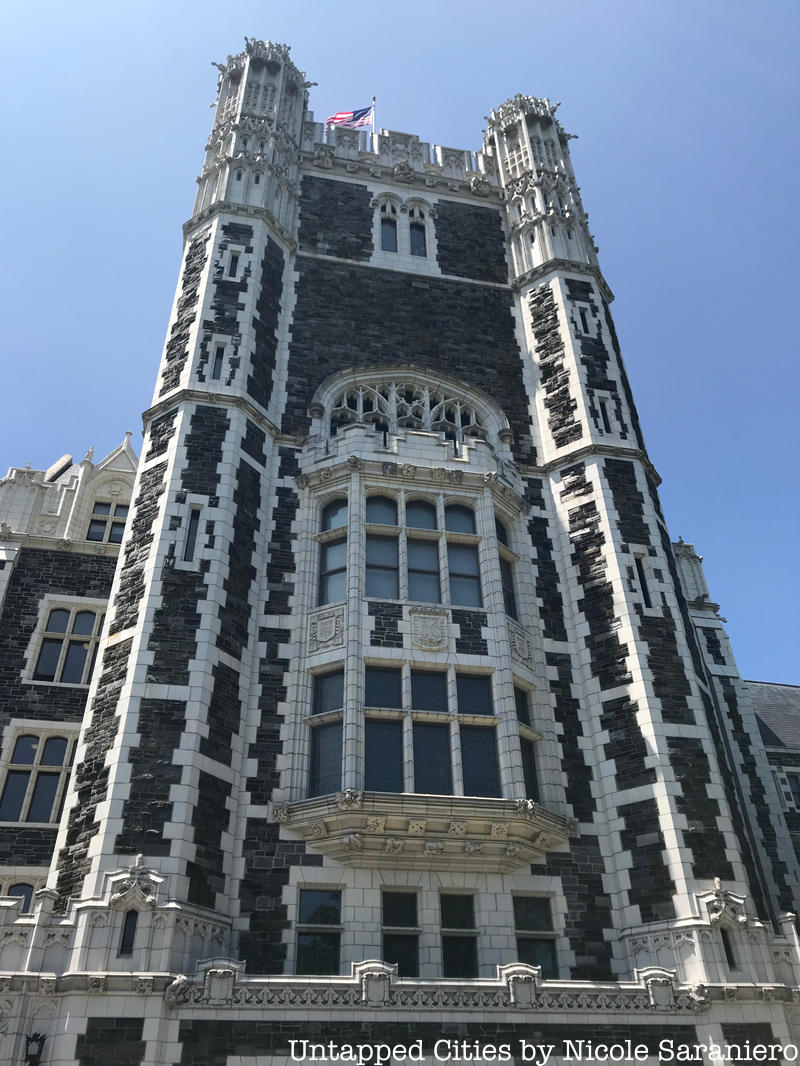
And of its demolished Lewisohn Stadium;
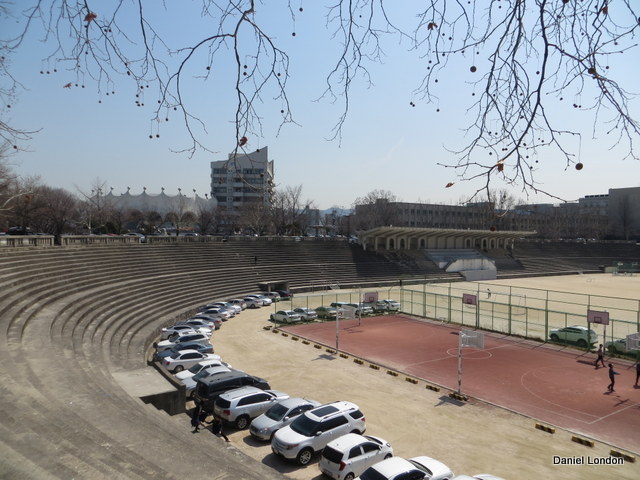
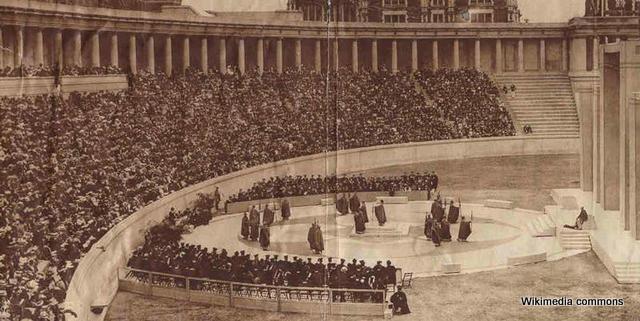
The chief auditorium of the campus, the utterly secular Grand Peace Hall, could be a more-complete version of St. John the Divine in Morningside Heights;
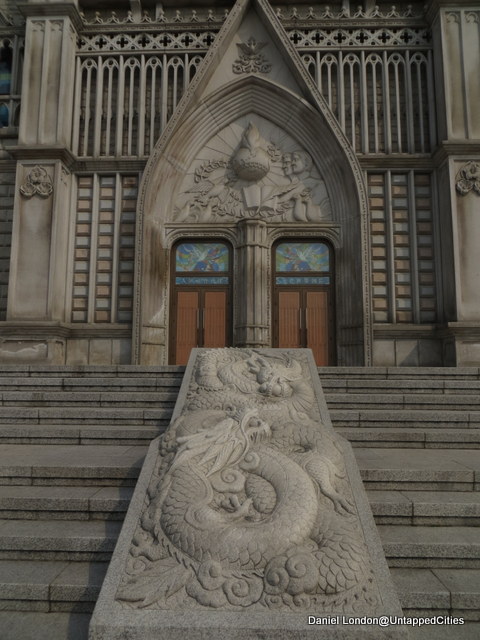
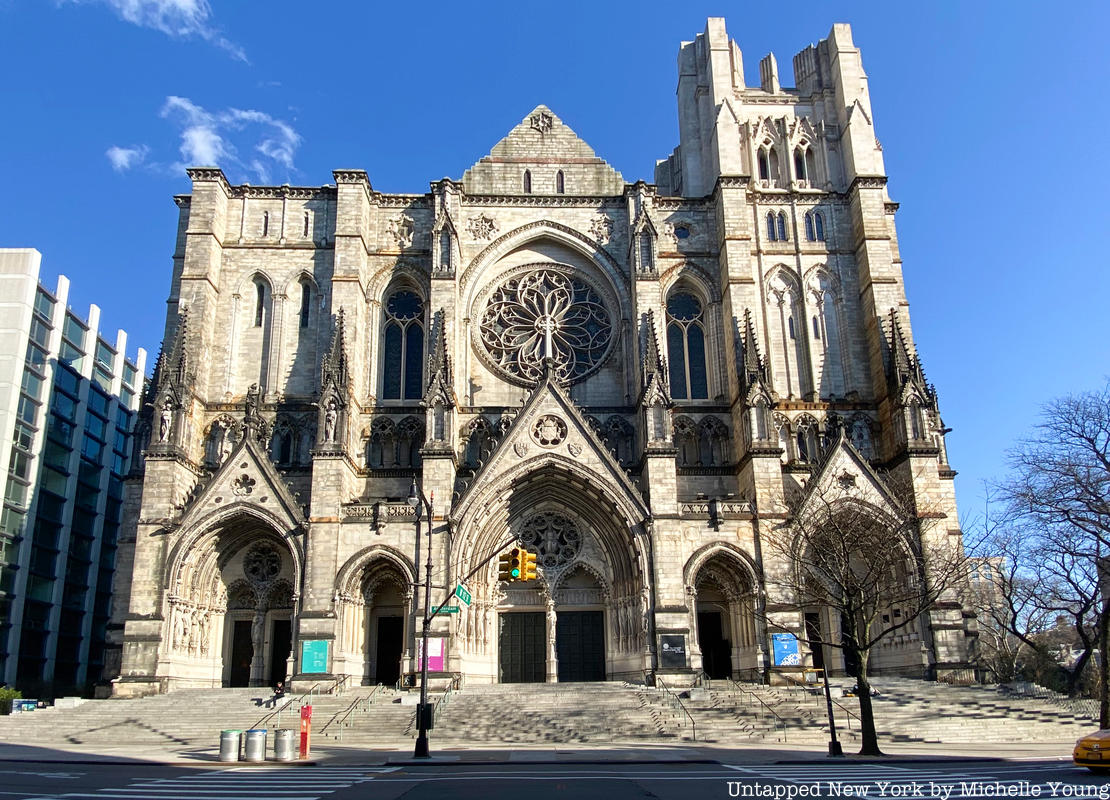
And the university’s Alma Mater bears a striking similarity to another one…
What is going on? Most of the material on Kyung-Hee’s architectural history is in Korean. Dr. Choue, in trying to create a truly global university, was likely emulating the campus architecture within a paradigmatic global city, New York City. What might seem at first glance to be to be an example of post-modern, de-contextualized trickery was, at the time, a quite earnest effort to cultivate an international perspective within a new university.
Of course, many of the buildings copied at Kyung Hee appeared just as strange and out-of-place in a New York context when they were first constructed at the turn of the last century. Time has accustomed us to thinking of, for example, a Gothick cathedral on Morningside Heights as perfectly natural. We forget the bitter debates around importing architecture from abroad, the question of nationalism versus internationalism in style, the general formlessness and molten quality of the city and its character at that time. One of the pleasures of visiting Seoul, or any fast-growing Asian city, is getting a sense of the kind of dynamism, tastelessness, and sense of possibility that characterized New York’s own modern birth. In this way, and not just in terms of its architecture, Seoul reminded me of home.






